Network Monitoring and Analysis Solution
Welcome to the latest edition of GL's Newsletter, featuring our advanced network monitoring and surveillance system, NetSurveyorWeb™. Customized for IP, Wireless, and TDM networks, this platform provides comprehensive solutions to fulfill your monitoring requirements.
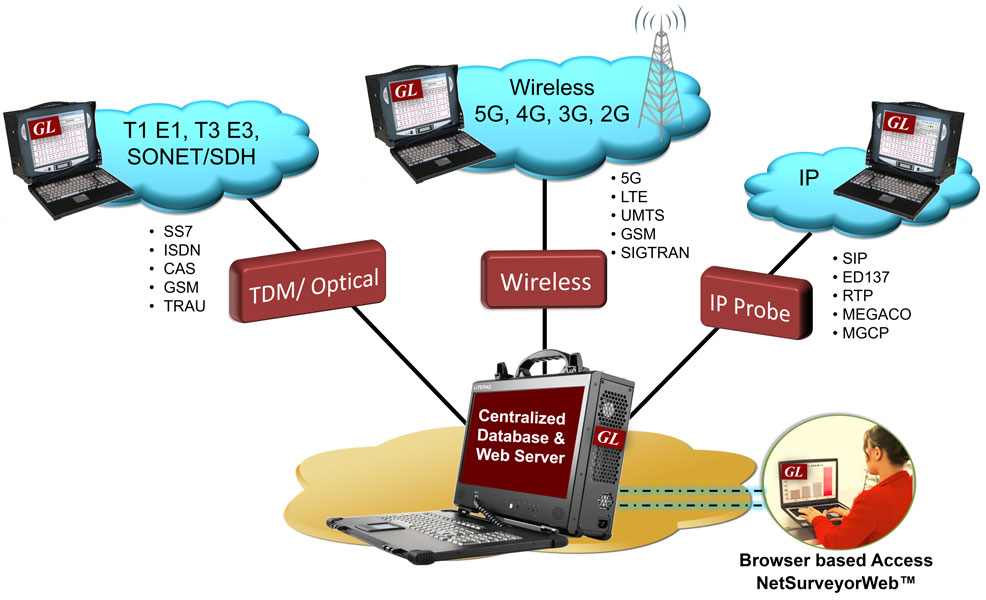
Overview
GL's Network Surveillance System (NetSurveyorWeb™) is a web-based tool for monitoring and analyzing networks. Users can view real-time data and access past information. This platform stores, retrieves, queries, and displays Call Detail Records (CDRs) from wireless, IP and TDM networks. It allows users to record and listen to phone calls, with the option to filter calls based on specific criteria.
This surveillance system seamlessly connects to TDM, Analog, Optical, or IP networks, facilitating non-intrusive storage, retrieval, querying, reporting, and display of CDRs. It supports various protocols, including 5G, 4G (LTE, IMS, Diameter), 3G UMTS (IuCS, IuPS), 2G (GSM, TRAU, MAP, CAMEL), VoIP (SIP, ED-137, SIGTRAN, H.323, MEGACO, MGCP), TDM (SS7, ISDN, CAS, GSM, TRAU), and Analog systems.
The system relies on protocol analysis probes placed at different physical sites. These probes capture, decode and organize traffic into calls, sending CDRs, signaling frame details, and other statistics to the central database server. The probes capture data locally on high-speed networks and come equipped with protocol analysis software for convenient field analysis. The probes can be customized to capture legacy interfaces (T1, E1, Analog) or Ethernet and SONET / SDH networks.
The central system consists of a database engine, web server, and NetSurveyorWeb™, a web-based application, enabling data storage and retrieval via web browser clients. For customers with minimal storage needs, GL provides NetSurveyorWeb™ Lite, which can run on the same system as the network monitoring probes and retains historical data up to 9 GB.
The centralized system offers performance monitoring, security measures, fraud prevention, billing verification, remote protocol analysis, failure prediction, traffic engineering, call quality monitoring and troubleshooting capabilities. With support for multiple protocols and interfaces, NetSurveyorWeb™ enables network operators and service providers to improve network performance, diagnostics, and overall reliability.
Key Features
Quick CDRs - allow users to customize their own Quick View groups by adding the desired columns to be displayed on the Data View.
Whitelisted Calls
Whitelist certain calls based on phone numbers and other parameters.
Degraded Calls
Categorize the calls based on voice quality parameters.
Long Duration or Short Duration Calls
Display calls based on duration.
Failed Calls
Categorize calls based on different call failure scenarios.
Download Call Trace
Download the selected Call Trace for detailed packet-level inspection and sharing (PCAP supported).
CDR for Analog Phone System
Provides CDR and Key Performance Indicators for Voiceband measurement tests – C-Notched Noise Test, Signal-to-Noise Ratio and Level, Voice Quality Test and Three Tone Slope (Gain Slope).
Voice Quality and Delay Measurement Metrics
NetSurveyorWeb™ application works with Voice Band Analyzer application to analyze voice band traffic and provide useful metrics to service providers - Active Speech Level, Noise Level, Speech Activity Factor, Power Measurements, Clipped Samples, DC Level.
It works with Delay Measurement tools to analyze captured voice traffic and provide precise one-way delay metrics.
Monitoring Air Traffic (ED-137) Network
Supports Air Traffic Network (ED-137) monitoring. This provides CDRs of air-to-ground calls and ground-to-ground calls with improved processing and response times for calculating statistics such as counters for Push-To-Talk (PTT), Squelch, PTTs, PTT Mute, PPSCT Counts. It also provides Quality of Service for each PTT/Squelch session.
End-to-End Call Flow
The stitched CDR data enables users to perform end-to-end analysis of communication sessions traversing the network. This analysis tracks the complete call flow, from its origination point to the destination, including any intermediate network devices along the path.
Other Features Includes:
- Ability to support various decode standards such as ANSI, ITU, ETSI, 3GPP, for all the supported protocols
- Call Detail Records
- Display real-time data signaling, traffic and Quality of Service performance metrics
- Ability to export both Call Graph and Decode view PDF and HTML file formats with an option to send Email with the exported file format
- Search and filter calls of interest
- Focus on calls of interest with customized filter and/or search options
- Apply single or complex filters for data analysis
- Key Performance Indicators
- Packet Loss, Gap, Jitter, Delay, RTP Performance Statistics, R-factor and Mean Opinion Scores, and Unparalleled Voice Band Statistics
- Signaling messages and Traffic Types; Successful and Unsuccessful failure causes
- Graphs and Reports Generation
- Ability to export both graphical and tabular reports as PDF and HTML file formats with an option to send Email with the exported file format
- Customized graphs for various metrics such as Call Completion Ratio, Answer Call Ratio, Answer-Seizure Ratio, and Call Duration
- Alerts and Indicators
- Actively alerts users when Calls of Interest occur
- Enables users to actively set alarm conditions and generate alerts of various types, including Email Alert, Visual Alert, Audible Alert, or logging them into tables for future analysis
Applications
- In-depth analysis ranging from network health overview to detailed protocol monitoring
- CDRs, fraud detection and location, remote protocol analysis and troubleshooting, real-time signaling monitoring, traffic optimization engineering, and statistical analysis
- Verification of actual call signaling routes to confirm network functionality in various scenarios, including congestion and loss of SS7 nodes
- Revenue and billing verification, alarm monitoring, and intrusive testing
- Quality of service measurements, call tracing, and recording functionalities




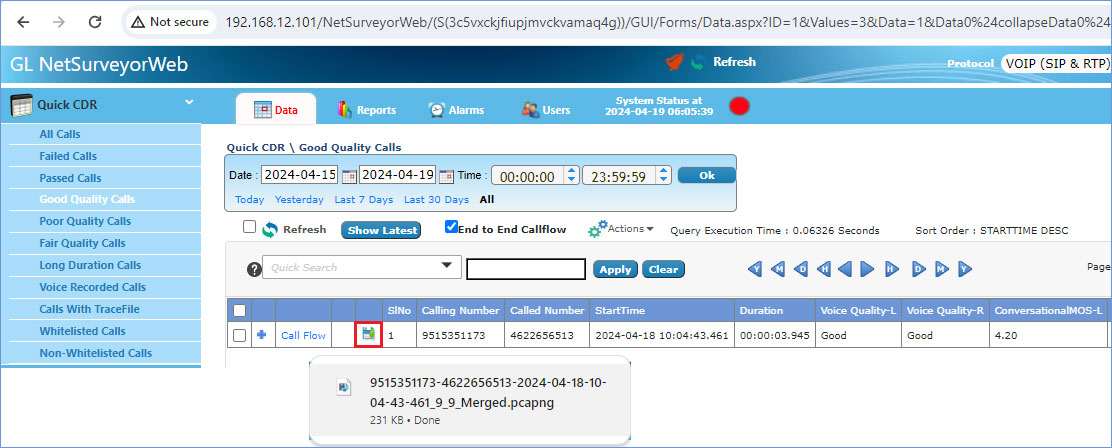
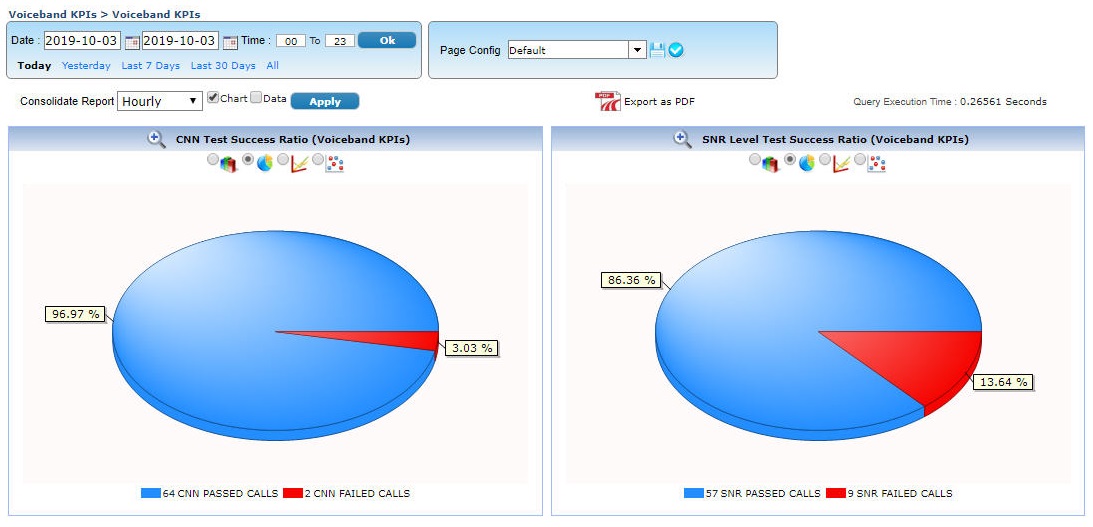
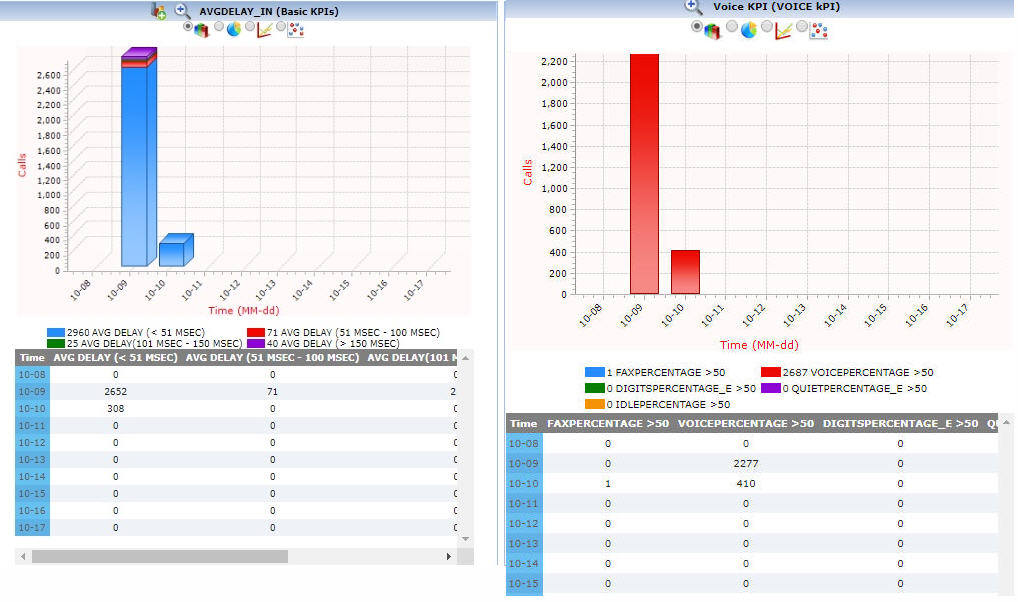
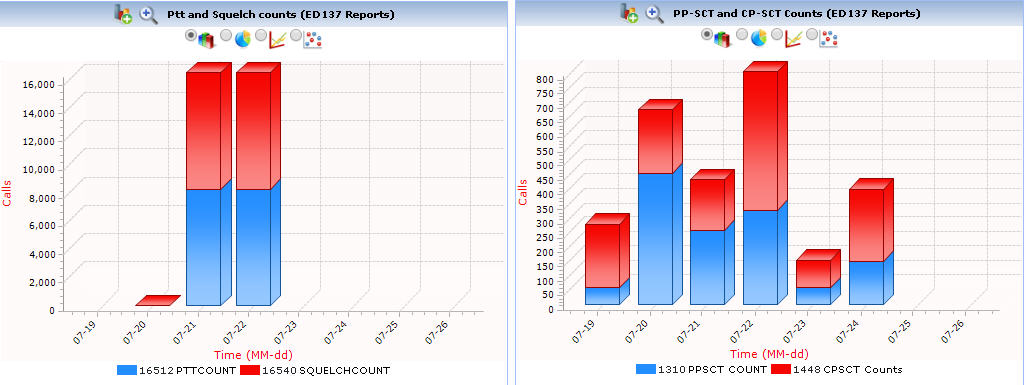
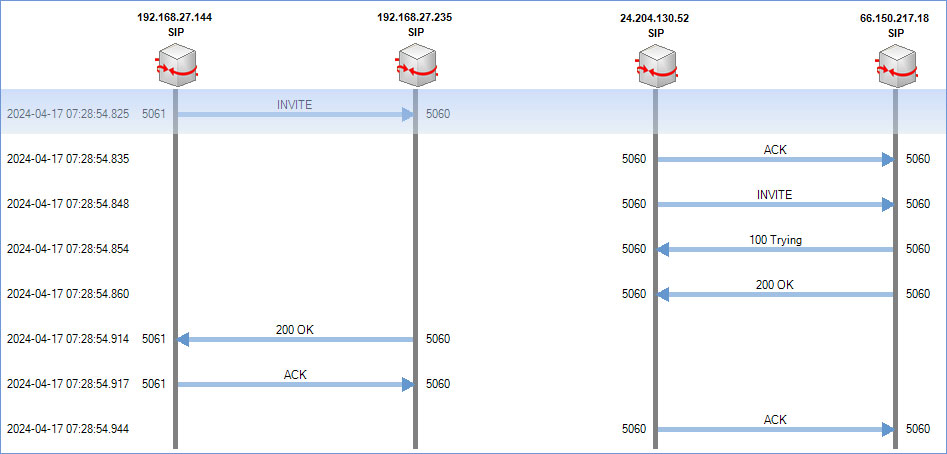
 Back to Newsletter Index Page
Back to Newsletter Index Page